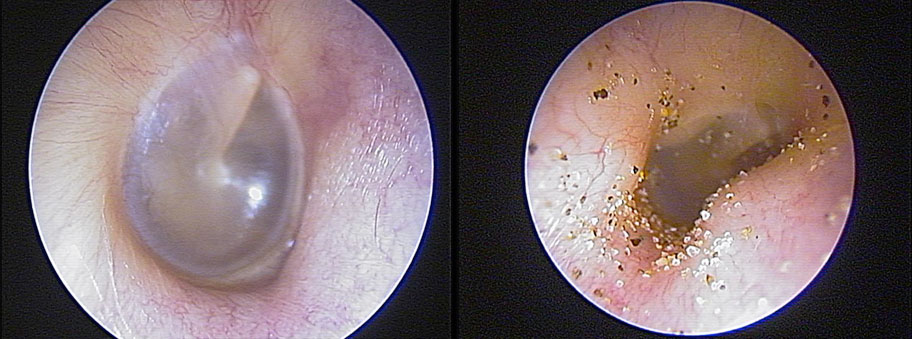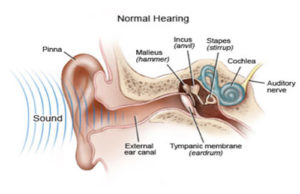
- Risks of Surgery for Surfer’s Ear - October 26, 2017
- The Dangers of Untreated Exostosis / Surfer’s Ear - October 26, 2017
- Surfer’s Ear Treatment: Chisel vs Drill - October 26, 2017
Surfer’s ear (also known as exostoses) are bony ear canal growths that occur when the ear is routinely exposed to cold water and air. Many surfers, swimmers, and water adventurers can develop surfer’s ear and it can be quite bothersome.
After experiencing frequent discomfort, pain, wax accumulation, infections, and even hearing loss, your doctor will probably recommend that you see an Ear Nose and Throat doctor (ENT) for further evaluation and treatment. You may also already have an ENT that has been managing your ears for wax cleaning and infection control.
When it comes time to surgery, it is essential for you to seek the consultation of an otologist (an ENT doctor who specializes in surgery of the ear). Many general ENTs can perform the procedure, but an otologist has extensive experience in ear anatomy and the tools needed to perform the surgery with minimal risk.

I’ve heard the chisel is the best option for surfer’s ear surgery. Is that true?
The chisel is one of the oldest tools in ear surgery. It was used in the 19th and early 20th centuries to cut down bone around the ear canal and mastoid (the bony area in the skull behind the ear). The technique was the only option to cut down bone at the time because electrical tools were not yet invented. Unfortunately, this tool can cause inadvertent nerve injury as well as injury to the bones of hearing or ear drum. Injury can result because the chisel is driven by a hammer to cut down the bone, much like a sculptor chisels a stone with a hammer. This tool has some advantages, but it was never perfect, necessitating the development of more precise cutting tools.
Julius Lempert was the first ear surgeon to introduce the drill to the operating room in the 1930s. The technology has been perfected over the decades and the drill is now much like the dental drill. It is electric, quiet, easy to handle, and comes with several burs of different sizes and shapes that the surgeon can choose based on the surgical task.
So which is better, the chisel or the drill?
The chisel and drill are simply instruments. Their outcomes rely on how the individual surgeon utilizes them. A good surgeon must have ease with both instruments to safely, accurately, and successfully perform the surgery. When the bony growth is well circumscribed and far from vital structures, the chisel may be an easy and clean way to remove it. When the bony growth is close to the ear drum or is inside a tight groove, the small drill may be the only way to completely remove it safely without injuring any of the surrounding tissue. A well-trained surgeon should not just have one formula for treating a disease, and should be capable of tailoring the procedure based on the patient’s pathology.
In the end, just as with the sculptor, the tool is only as good as the user. It is best to focus on the surgeon and their results rather than the tools that they use.
To learn more about exostoses or surfer’s ear, please visit: www.eardoctorla.com



